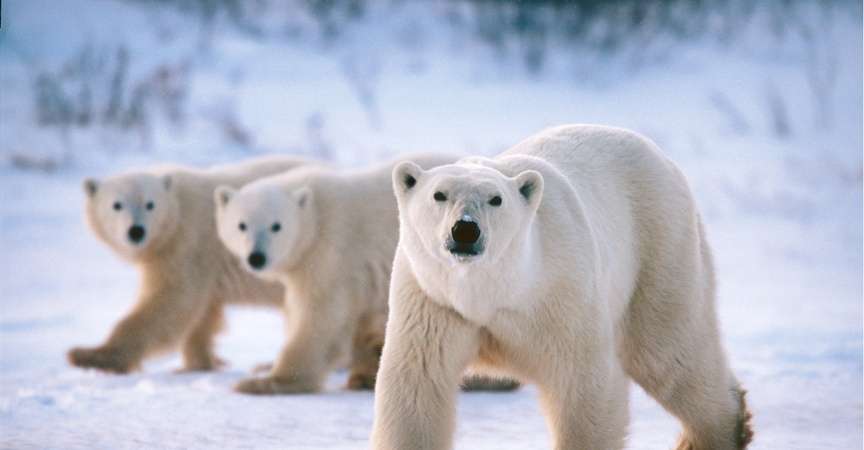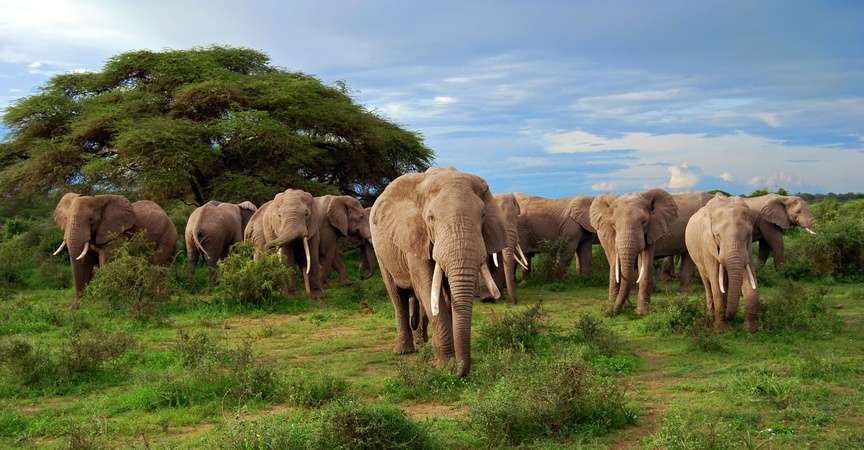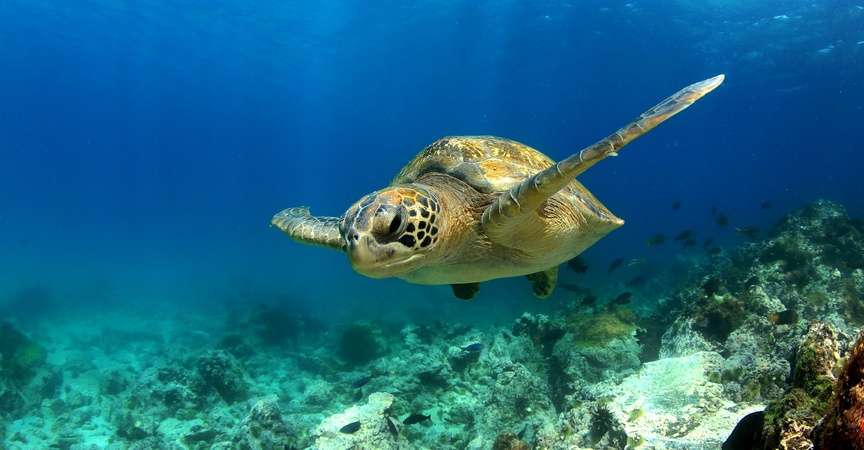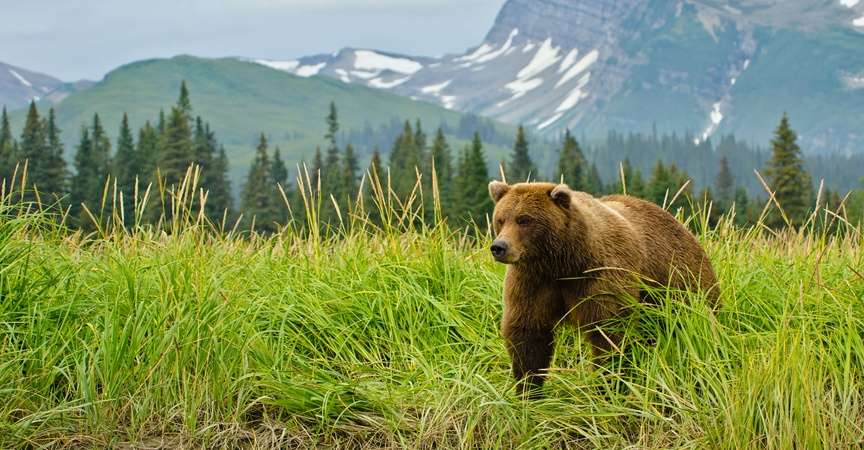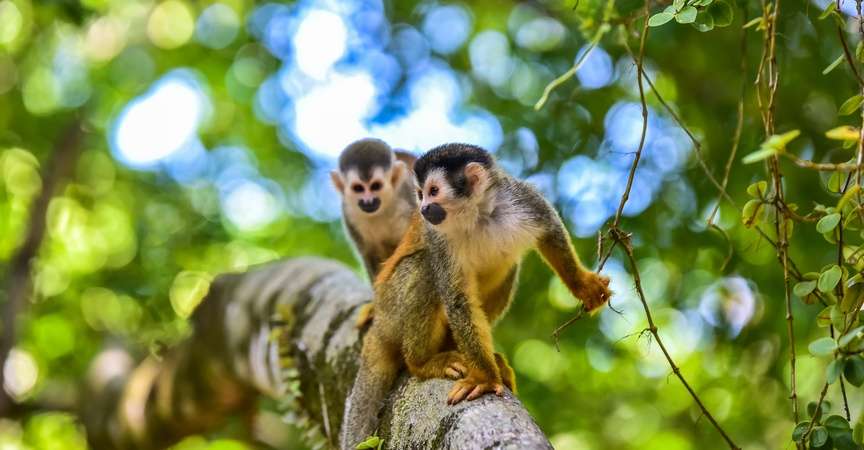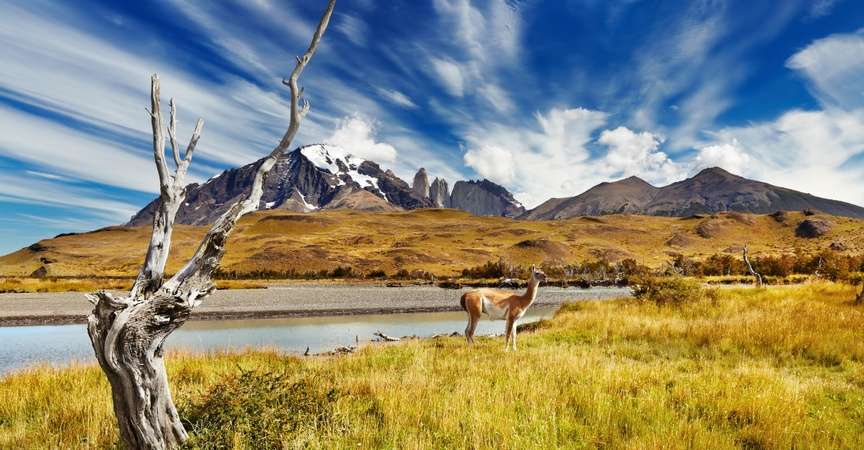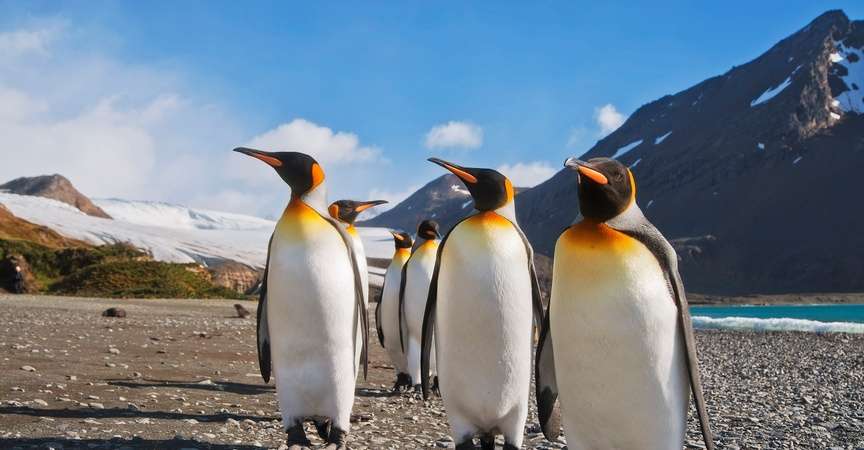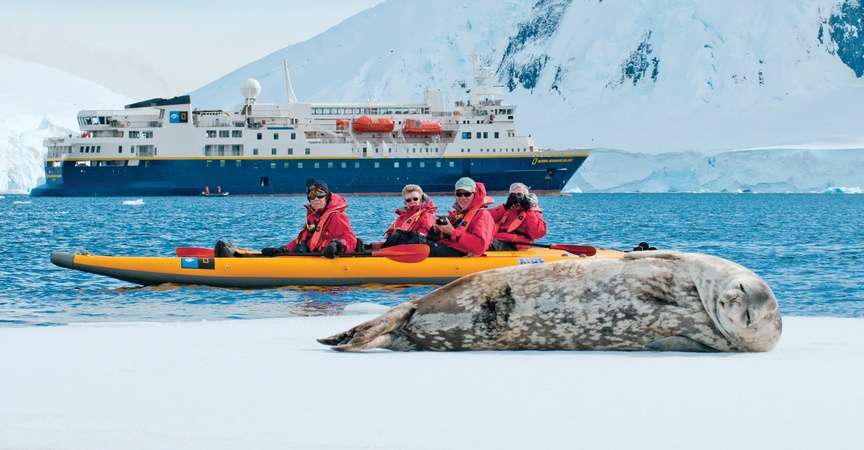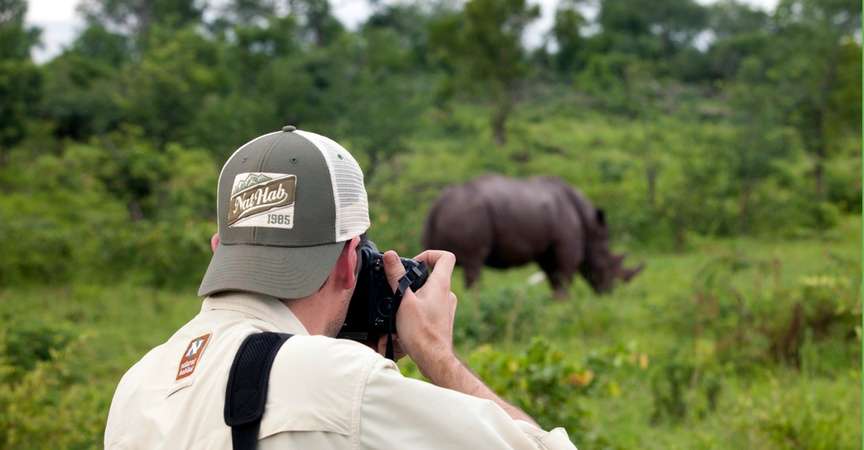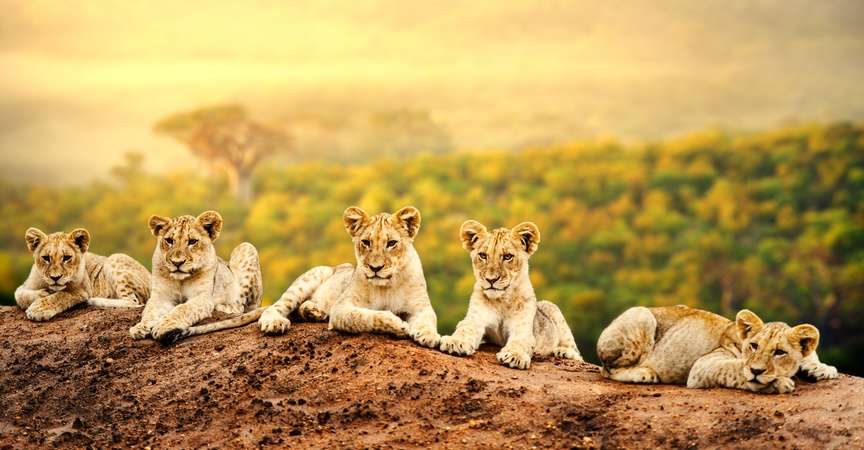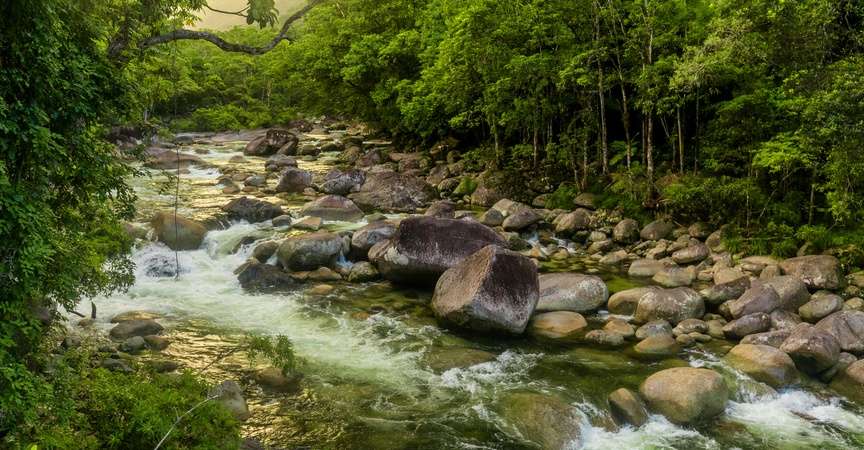By Tania Segura, WWF Travel
April 22 marks an important day—when the public, corporations and government demonstrate their commitment to nature and future generations.
As an eco-conscious traveler who values the places you visit and their inhabitants, you’ve likely had opportunities to experience both well-managed, pristine environments—and those in need of a little more TLC.
“When I travel and see the wonders of nature, I realize how close we are to losing these places and that we all must double our efforts to keep and restore them.”
Maggie Ozner, WWF Traveler
Earth Day’s strength lies in its history as a grassroots movement. As a traveler, here are seven ways you can become a part of this global movement, both at home and while you travel.
1. Offset Your Carbon Emissions
Carbon offsets help cover the effect of your transportation footprint. Rising temperatures affect places, species and people’s livelihoods. Learn how you can offset your travel with Sustainable Travel International. Your contribution can be used toward carbon reforestation projects or renewable energy projects in the United States or internationally.
2. Reduce Waste
If Nat Hab and other tour operators provide you with a reusable water bottle, use it! If they won’t be providing one, pack your own. International travel usually requires travelers to drink purified water; think about buying large jugs to refill to avoid buying lots of plastic water bottles. Another option would be to use water purification tablets or a packable purifier with a filter for water with sediments or UV light to kill bacteria in clear water.

© Adrian Vasquez
3. Purchase Thoughtfully
Avoid certain souvenirs that could have been trafficked illegally, such as products containing animal parts, coral, etc. Read more about how your purchases affect wildlife crime as well as How You Can Make a Good Buy.
4. Eat Responsibly
Is the meat in your dish from an endangered animal?, How was it caught? More than 85% of the world’s fisheries have been pushed to or beyond their biological limits. WWF is currently working around the world to improve fishing practices and trade. Apps such as the Marine Stewardship Council’s Seafood Finder can help you make responsible food choices.
5. Travel with your kids
Prepare future generations as they grow to steward the Earth’s natural resources with care. Immersive travel fills children with wonder, captivating their curious minds for years to come. WWF and Nat Hab offer many different trips for families, such as our Family Galapagos Adventure and our Family Botswana Safari.

Nat Hab guests with marine iguana and Galapagos fur seal, Galapagos Islands, Ecuador. © Melissa Scott
6. Donate and Stay Informed
Contribute to conservation work being done around the world or in your community. There are many ways to stay involved.
- Know the facts. Bookmark the WWF website or sign up for our emails to stay up to speed on conservation news and initiatives.
- Donate to support our work. By supporting WWF, you support our conservation programs around the globe. Make a donation or symbolically adopt an animal species.
- Fundraise for causes you care about with your kids or colleagues. This provides a great way to not only bond with your co-workers or children, but also helps teach kids the value of giving and caring for nature. You can learn about fundraising for WWF here.
7. Travel Sustainably With WWF and Natural Habitat Adventures
Since 2003, WWF has received more than $6 million from Natural Habitat Adventures, our exclusive travel partner. And Nat Hab’s travelers have donated an additional $40 million in support of WWF projects in some of the most threatened places on the planet. When you travel with Nat Hab, you can be sure your tourism dollars will help—not hurt—these critical ecosystems.
Nat Hab even offers select trip departures that allow you to travel with WWF experts and researchers to places like East Greenland, the Amazon and Churchill, Canada, through the Climate Change & Our Wild World trip series!










